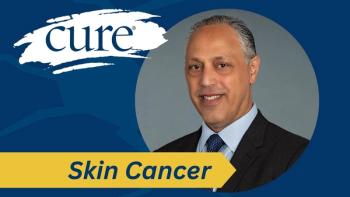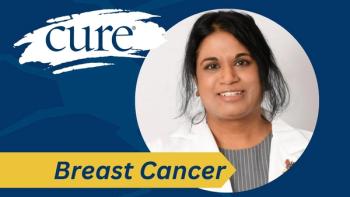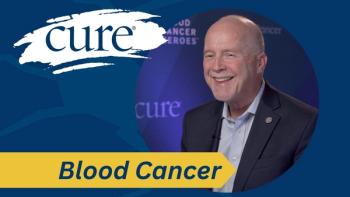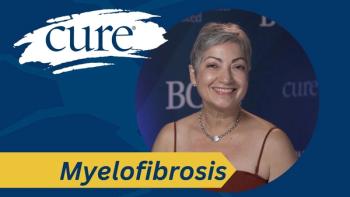
What Comes After Chemo? The 10 Plagues
A side effect of chemotherapy is a weakened immune system, which brings on unwanted occurrences.
Ed felt good about himself. He felt healthy and free of disease. He had been following his monthly checkups and his white cell count was improving, though not significantly. Caution was his daily guideline. His immune system was still weak and the nausea was still happening. Ed had lost a total of 65 pounds over the last 12 months.
A full 90 days after the last chemo treatment, Ed developed a red speckled rash on both feet around the ankles and heels. As the rash grew, very severe pain crept into both heels and ankles. The rash was splotchy and the spots began to join forming the same rash over the entire surface of his feet.
The oncologist was puzzled and advised close scrutiny. The primary care physician referred him to a dermatologist, but by the time Ed was able to get in to see the dermatologist, the symptoms had begun to recede. All that was left was some redness without rash, and the pain was gone. The dermatologist said if it returns, come to his office immediately without making an appointment and he would work him in his schedule.
Three weeks later it returned. The dermatologist was out of town until after the weekend. Ed turned to “Super Doc”, Kathryn Grinnen, who was his primary care physician, for pain control. Dr. Grinnen took him in as soon as he arrived. She carefully examined both feet and seamed lost in thought. Finally, she spoke.
“I believe you have a very severe case of gout. I would expect redness, but not in the form a rash. I think the redness is associated with the gout, but the rash is hives.”
Dr. Grinnen prescribed Colchicine for the gout and over-the-counter antihistamines for the hives.
The prescription was for only three pills. Ed was to take two immediately, and the third after a three-hour delay. After the antihistamine, the rash subsided quickly and in four hours after taking the Colchicine, the pain and redness was almost completely gone. Ed has not had a gout attack like that since. The association between chemotherapy and gout has been publically documented.
Thirty days later, Ed woke up one morning with blood all over his pillow. It had come from a tender lesion on his ear. Ed was scheduled for his annual follow-up with his dermatologist, Dr. Daniel Cuozzo that day, and just mentioned it in passing. Upon examination Dr. Cuozzo decided to take a biopsy and would get back to Ed when the results were returned.
One week later, Ed received a letter from Dr. Cuozzo that explained the lesion had tested positive as a squamous cell carcinoma (skin cancer). It was not serious yet, but had to be removed. Dr. Cuozzo had scheduled an appointment with a dermatologist who used a relative new “Mohs” surgery procedure for eliminating this form of cancer. This dermatologist was 90 miles away and wanted to examine Ed right away. When Pattie came home from work, Ed showed her the letter and filled her in on what the Mohs procedure was all about. He also mentioned that this was not an unusual occurrence, as Ed’s immune system was too weak to suppress the squamous cell. They embraced as Pattie assured Ed that we would get past this also.
A few days later, Ed and Pattie returned from the dermatologist with a date for surgery. One week, later the cancer was completely removed and all subsequent followups were positive.
The immune system deficits were not over and in the next four months, Ed and Pattie would experience several more events, including what caused the toothaches.
"To the end that my glory may sing praise to You and not be silent. O Lord my God, I will give thanks to You forever."
-- Psalm 30:12




